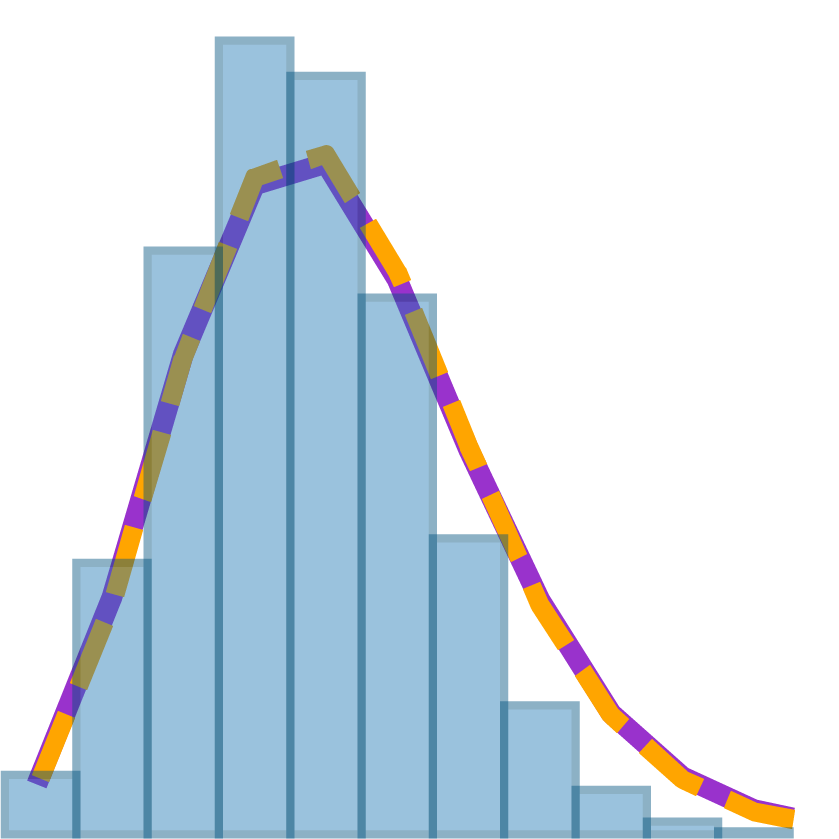Published/Posted: October 10, 2022
Authors: Menkart, Nicole; Hart, Joseph D.; Murphy, Thomas E.; Roy, Rajarshi
DOI: 10.1364/OE.466330
arXiv: 2210.01921
Abstract: Single photon detectors have dark count rates that depend strongly on the bias level for detector operation. In the case of weak light sources such as novel lasers or single-photon emitters, the rate of counts due to the light source can be comparable to that of the detector dark counts. In such cases, a characterization of the statistical properties of the dark counts is necessary. The dark counts are often assumed to follow a Poisson process that is statistically independent of the incident photon counts. This assumption must be validated for specific types of photodetectors. In this work, we focus on single-photon avalanche photodiodes (SPADs) made for 1550 nm. For the InGaAs detectors used, we find the measured distributions often differ significantly from Poisson due to the presence of dead time and afterpulsing with the difference increasing with the bias level used for obtaining higher quantum efficiencies. We find that when the dead time is increased to remove the effects of afterpulsing, it is necessary to correct the measured distributions for the effects of the dead time. To this end, we apply an iterative algorithm to remove dead time effects from the probability distribution for dark counts as well as for the case where light from an external weak laser source (known to be Poisson) is detected together with the dark counts. We believe this to be the first instance of the comprehensive application of this algorithm to real data and find that the dead time corrected probability distributions are Poisson distributions in both cases. We additionally use the Grassberger-Procaccia algorithm to estimate the entropy production rates of the dark count processes, which provides a single metric that characterizes the temporal correlations between dark counts as well as the shape of the distribution. We have thus developed a systematic procedure for taking data with 1550 nm SPADs and obtaining accurate photocount statistics to examine novel light sources.Citation:
Nicole Menkart, Joseph D. Hart, Thomas E. Murphy, and Rajarshi Roy, "Dark current and single photon detection by 1550 nm avalanche photodiodes: dead time corrected probability distributions and entropy rates," Opt. Express 30(22) 39431-39444 (2022)
Export: BibTeX | RIS
Manuscript: Menkart_OE_30_39431_2022.pdf
